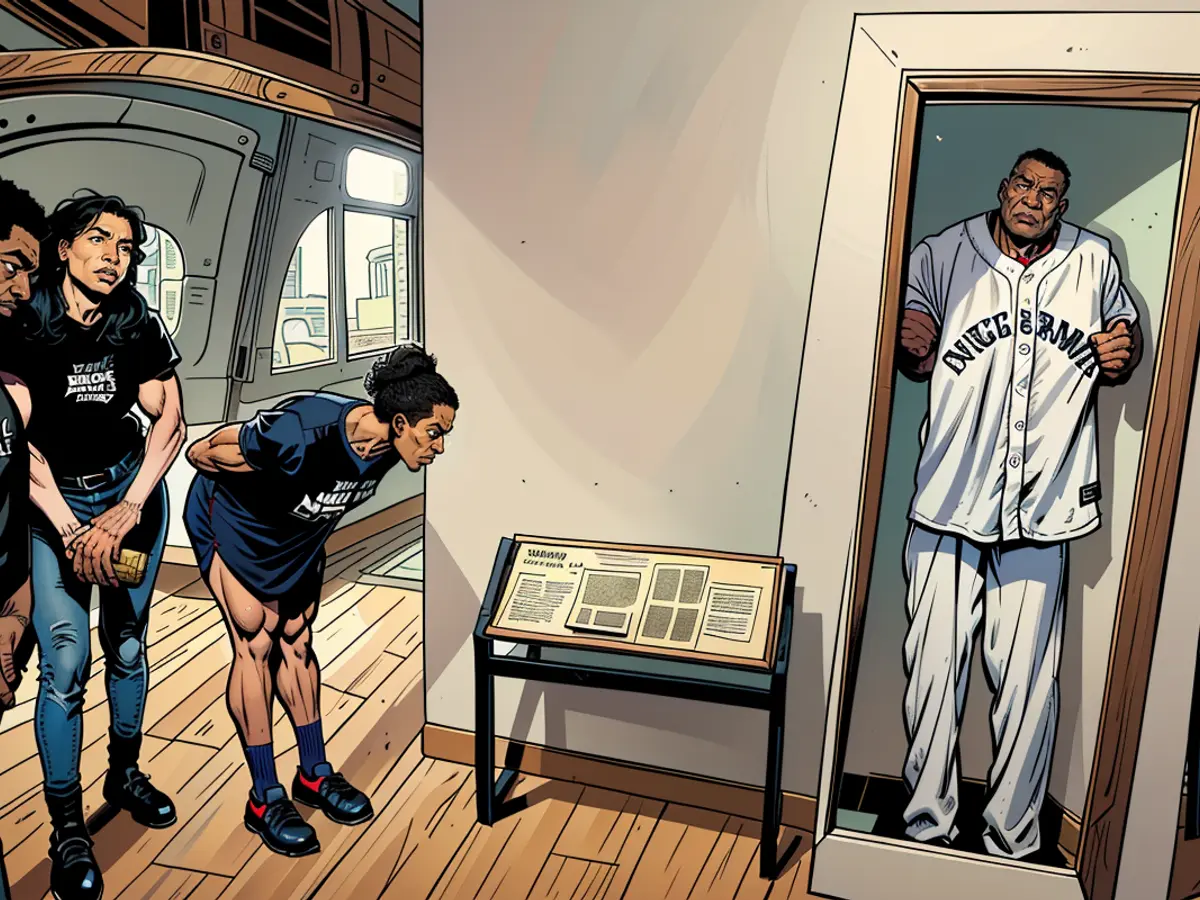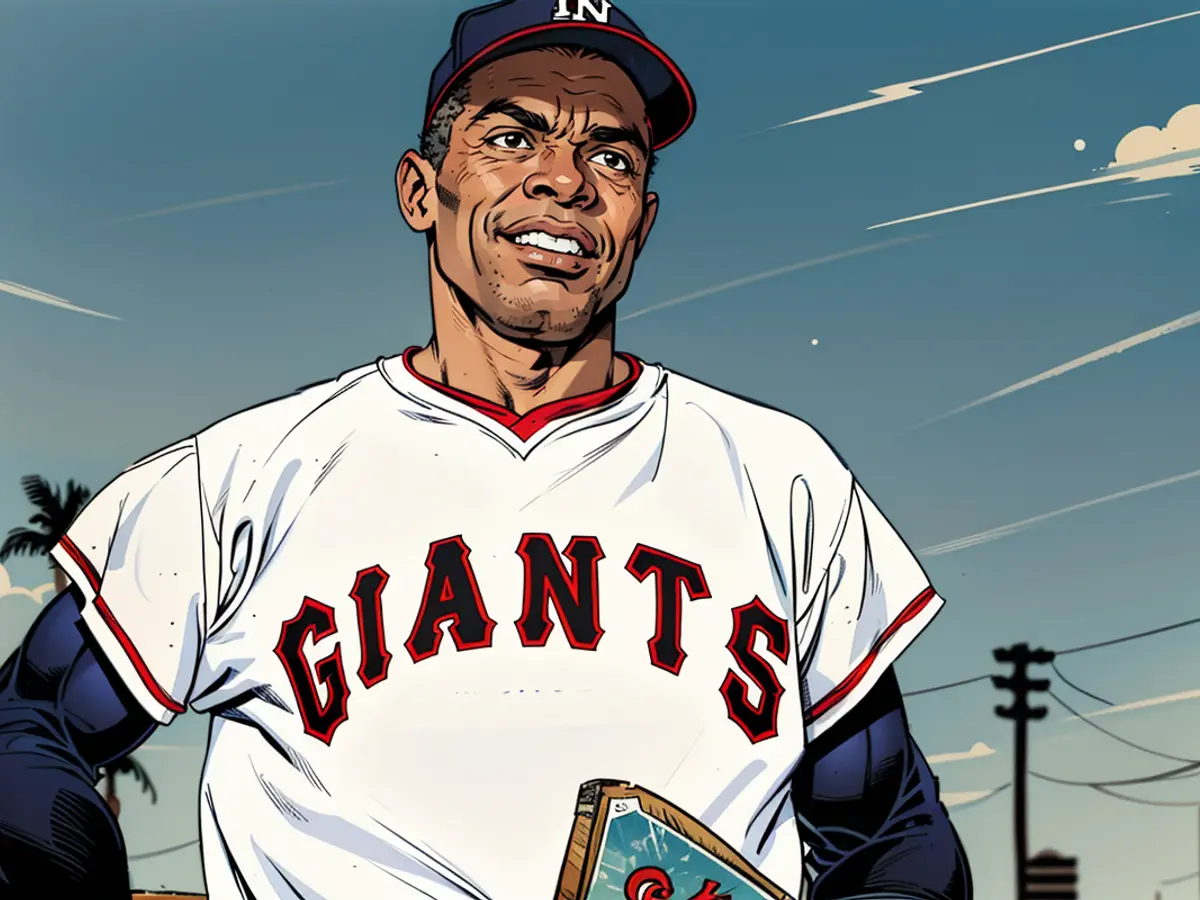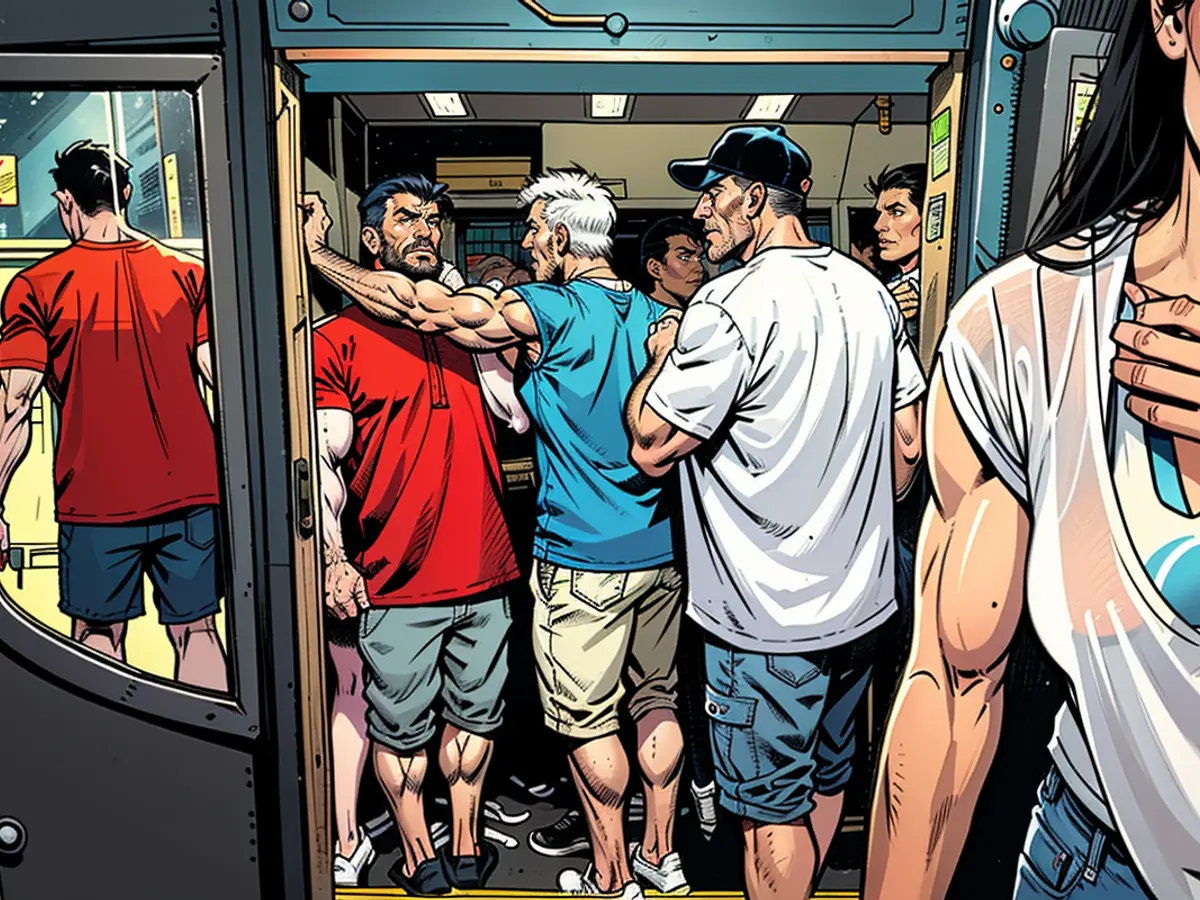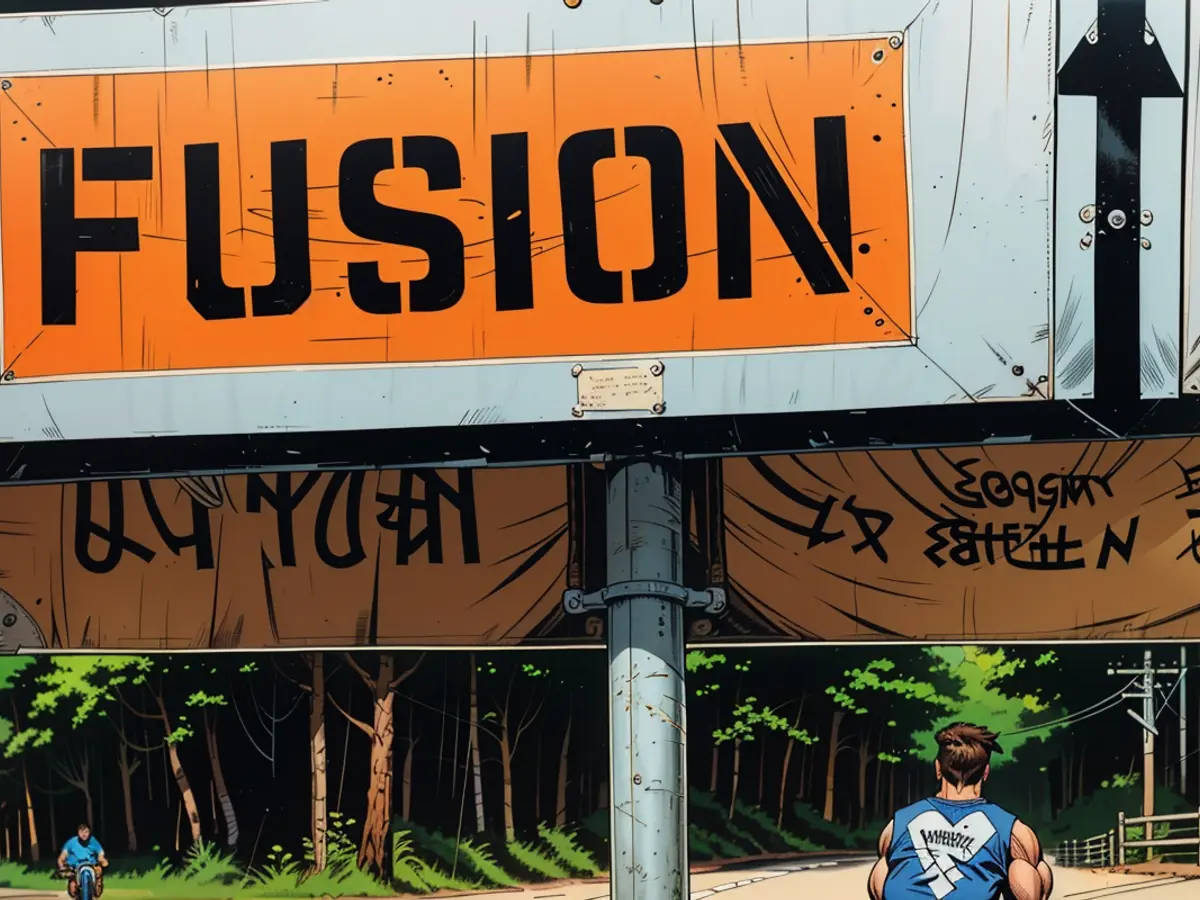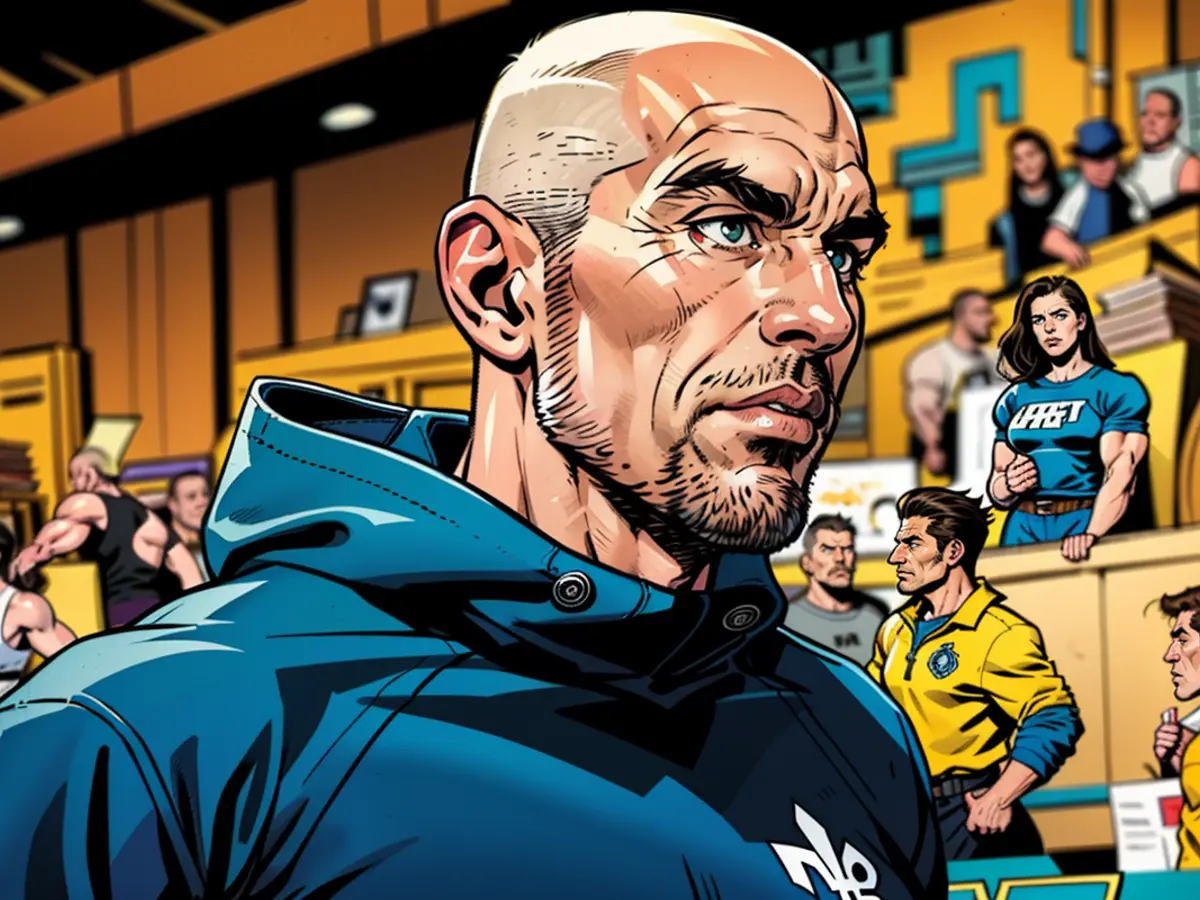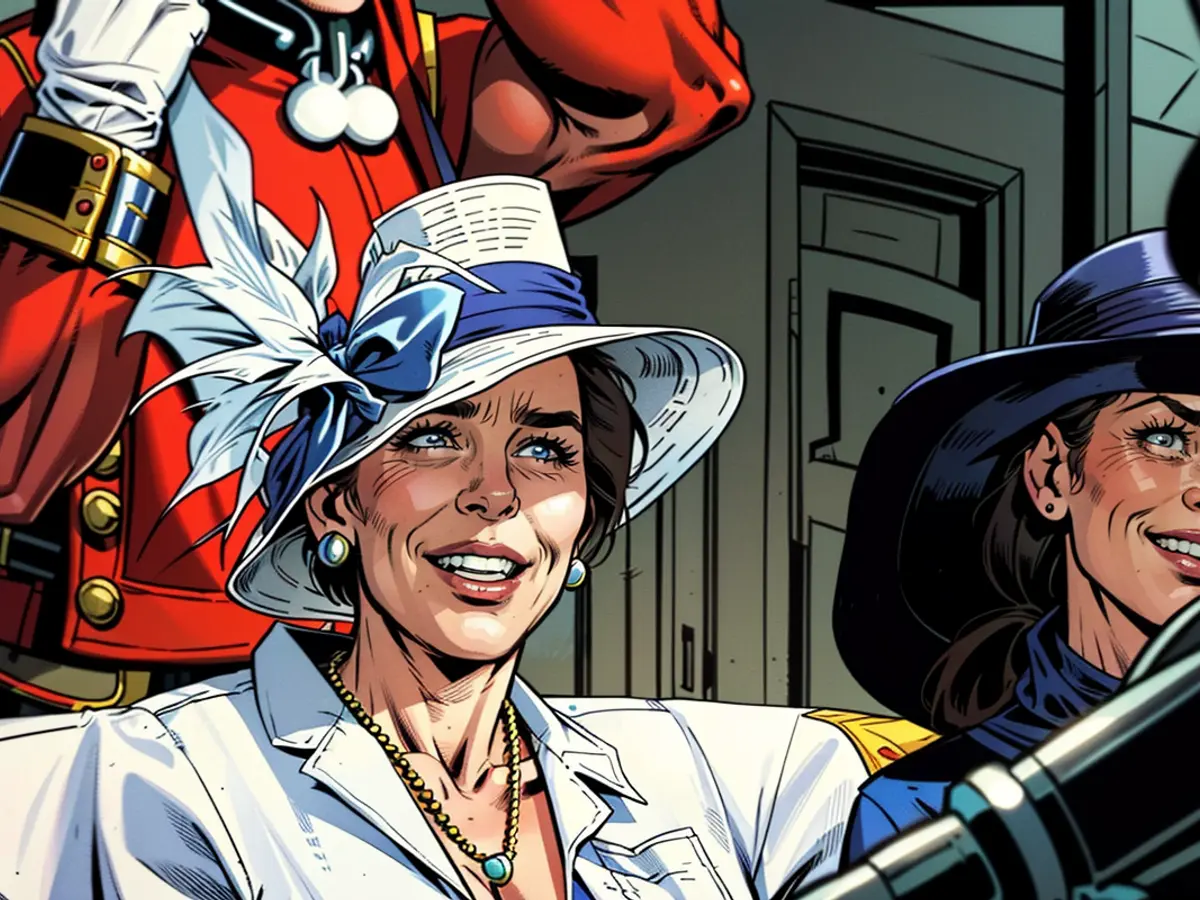Learned extensive insights about legendary baseball icon Willie Mays, who's renowned as the most versatile player in sports history.
The San Francisco Giants essentially handed Mays to the New York Mets with minimal compensation in 1972, and a noticeably aged 41-year-old Mays was the standout hitter – based on his ability to get on base and display power – on that robust Mets team.
While traditional statistics House Mays as the greatest player of the last century who spent his entire career in the Hall of Fame, truly comprehending his greatness necessitated witnessing him play.
Reminded of Mays upon hearing the news of his passing on "The Source," I couldn't help but recall my Father's tales. He watched Mays play during his rookie season in 1951 for the New York Giants and immediately deemed him the best player he ever witnessed.
Mays breathed energy into that '51 Giants squad and assisted them in overcoming a significant 13.5-game deficit in mid-August to snatch the NL pennant from their cross-town rivals, the Brooklyn Dodgers, thanks to the "Shot Heard 'Round the World." This remains, in my opinion, the most impressive comeback in baseball history. Mays won Rookie of the Year that year.
Three years later, Mays solidified his place in baseball history. The man known as the "Say Hey Kid" – who had a popular tune written about him based on that nickname – ruled the National League.
He led the league in batting average, slugging percentage, triples (a crucial measure of speed and power), and on-base plus slugging (OBPS), which synthesizes all these elements into a single metric.
However, I doubt most remember Mays' 1954 MVP season for his offensive exploits; people like my Father recall him for a play he made during Game 1 of the 1954 World Series.
Allow me to paint the picture: the game is tied 2-2 in the 8th inning. The Cleveland Indians have runners on first and second with no outs. Cleveland heavy hitter Vic Wertz is at the plate, and he smacks a long fly ball into New York's incredibly vast center field at the Polo Grounds.
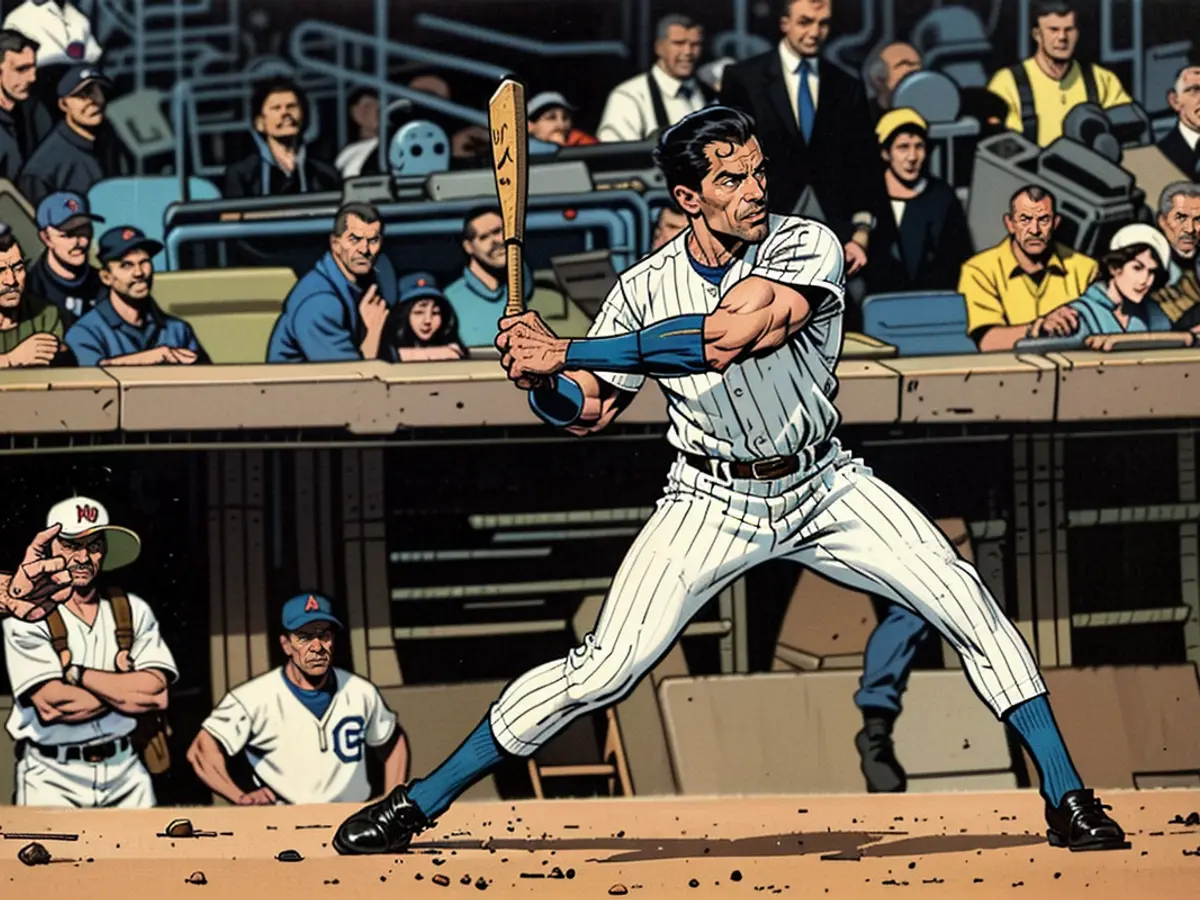
Mays, who patrolled center field for over 20 seasons, retreated more than 400 feet and made a challenging, behind-the-shoulder catch appear effortless. He then hurled the ball back into the infield to prevent any runs from scoring.
The Giants would eventually win the game and sweep the series in four. This was their final performance in New York, as they relocated to the West Coast after the 1957 season.
Mays couldn't fathom why people considered that catch extraordinary. For him, it was nothing out of the ordinary.
What was extraordinary about this catch, beyond being in the World Series, was that video cameras captured it in an era with limited recordings.
That brief clip of film is our substitute for watching Mays play. It serves as our rare insight into a man whose defensive skills surpassed that one catch.
Mays was the best defensive player across all positions that entire season in the National League, according to advanced statistics.
He ranks among the top five defensive outfielders of all time using those metrics, and these statistics – given we have limited video from the era – don't even account for his evidently strong arm.

The fact that I'm discussing the defense of a man who, for a considerable period, ranked third all-time in home runs – and remains sixth – speaks volumes.
Mays wasn't just defense, though he excelled in that regard.
He wasn't just about hitting for power, though he excelled in that too.
He wasn't just hitting for average, though he excelled in that as well.
He wasn't just about speed, even though he excelled in that and led the league in stolen bases four times.
Mays was everything, and he excelled at it for over 20 years. Mays was, as my friend and esteemed sports columnist Neil Paine calculated, the most balanced ballplayer in history.
Baseball fans search for five-tool players – those who hit for power and average, show speed and defensive prowess – like miners attempting to find gold. We found our treasure in Mays.

However, Mays is more than mere numbers. He represented one of our last connections to various eras of baseball history.
Mays spearheaded baseball's expansion westward in 1958, when it had previously been confined to the East Coast on the Major League level. He was the first superstar to emerge on the West Coast.
Mays was also the last superstar from the New York era of the 1950s, a time when America recovered from World War II, boasting a flourishing economy and during which baseball remained America's favorite pastime.
And if Mays wasn't exceptional enough, he added a few more hits to his legendary, record-breaking career a few weeks ago when Negro League statistics were incorporated into the MLB record books. Mays was one of the last remaining star players who began his career in the Negro Leagues in 1948 for the Birmingham Black Barons.
It's a laugh I often share – Mays was such a star that he was still racking up hits at the ripe age of 93!
This fellow never lost his charm, even when his career came to an end. You see, when he'd return to New York, he lived close to our place in the Bronx. My Old Man would run into him on strolls, and he just had to get his signature.
Mays granted my Father his autograph, and he treasured it in his office until his last day. Mays played a significant role in my Father's later-life style, as he was one of the few folks who donned a New York Giants baseball cap throughout his golden years. I bought several of those caps for my Dad since he'd wear them till they wore out.
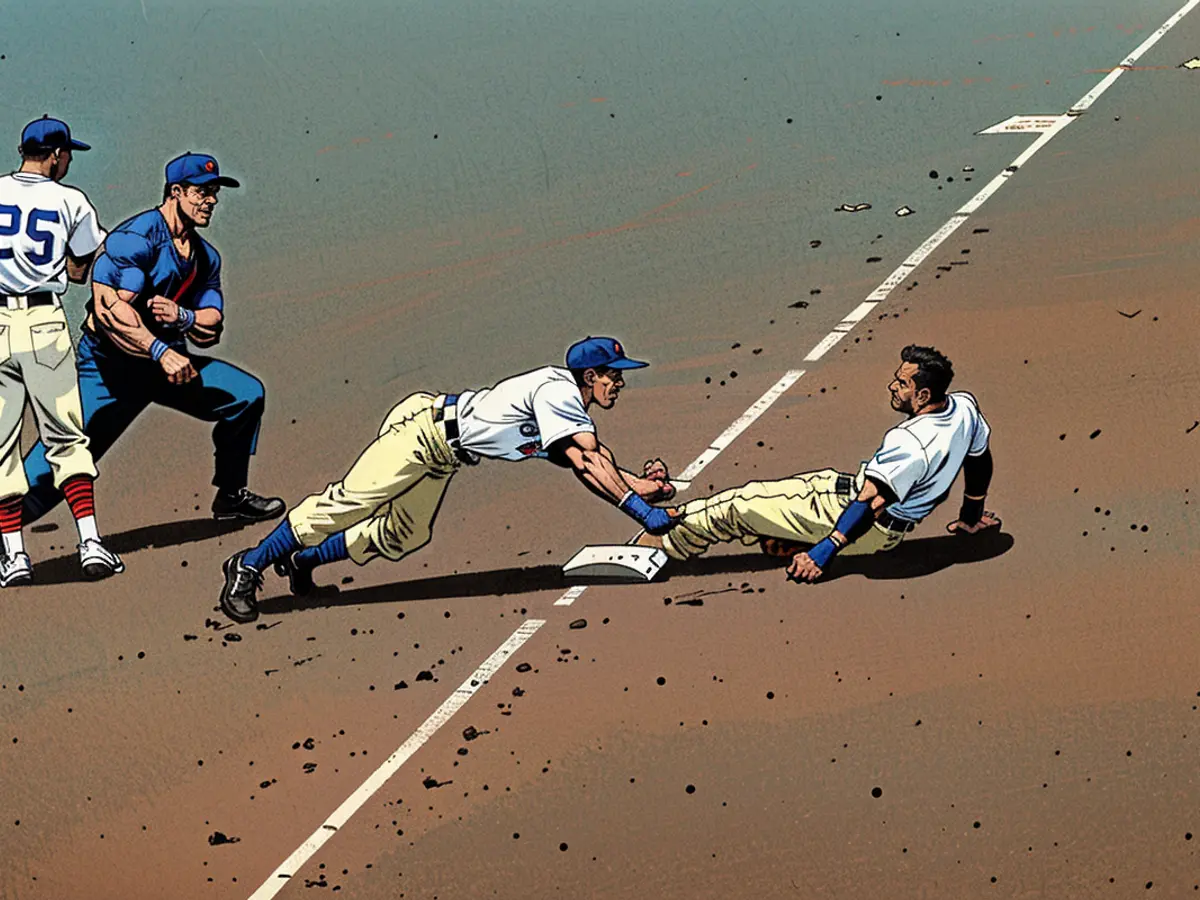
I try to keep this connection alive, whether it's by wearing a nyg baseball cap on camera or by naming the New York Giants as the team I support when people ask.
So, off I go now, tracking down that Mays autograph to pay tribute to the greatest player I ever had the pleasure of witnessing.
